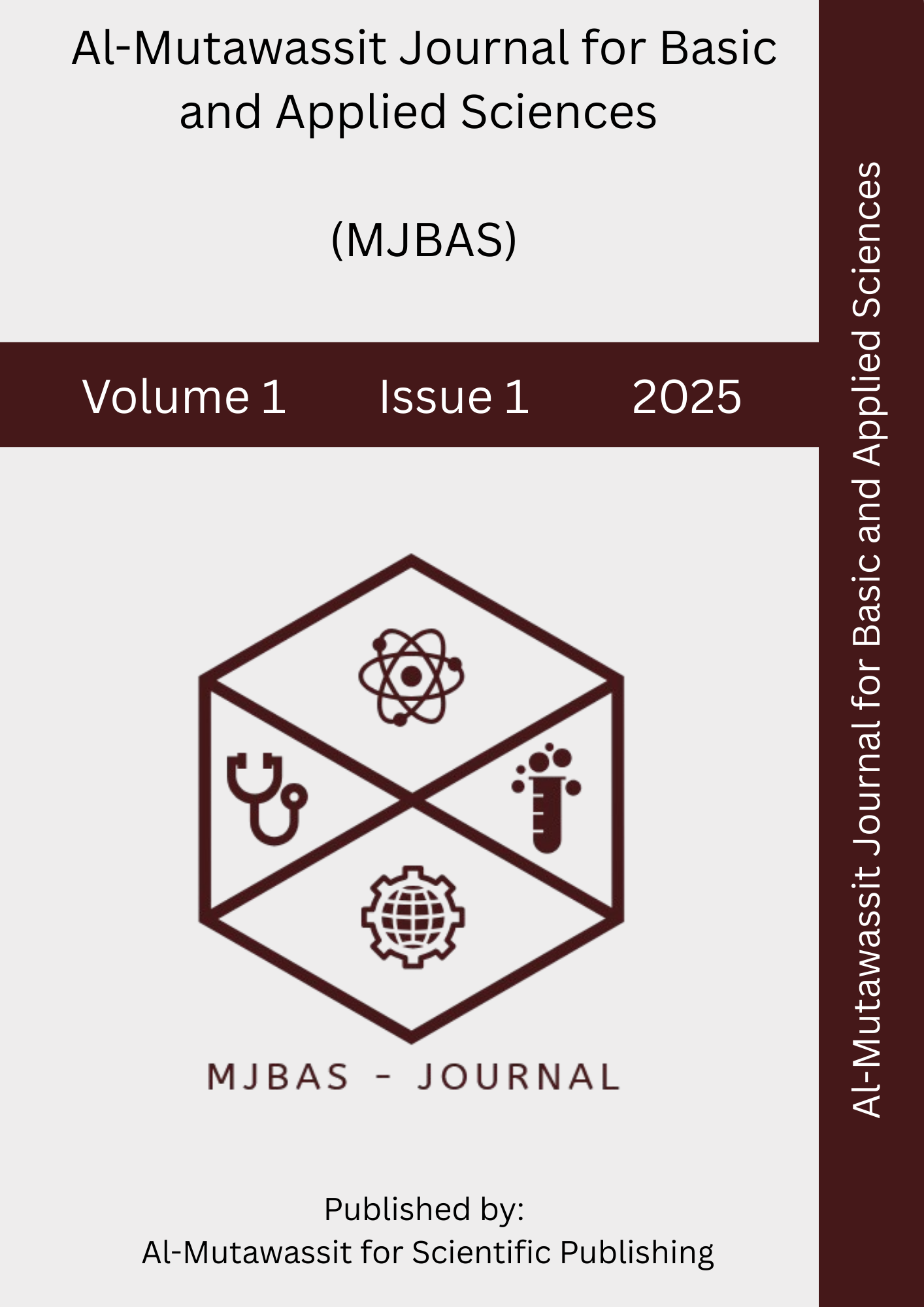Maximizing Wind Energy Efficiency through Advanced Technologies and Sustainable Practices
Keywords:
wind turbine design, blade aerodynamics, AI control, energy storage, capacity factor, lifecycle assessment, recycling, sustainable wind powerAbstract
Wind power has grown rapidly as a leading renewable source, but further gains in efficiency and sustainability are vital to meet climate targets. This paper reviews advanced wind technologies and eco-friendly practices that boost energy yield and reduce impacts. It covers innovations in blade and turbine design (larger rotors, adaptive blades, novel materials), digital controls and AI (smart yaw and pitch algorithms, predictive maintenance), and energy storage/grid integration for smoothing output. Sustainable strategies are analyzed, including life-cycle assessments, recycling of materials (85-90% of turbine mass is recoverable), and habitat impact mitigation. Examples of real-world data sources and studies are provided, such as NREL’s open wind turbine datasets and the “CARE to Compare” fault-detection benchmark. Charts (e.g. capacity factor trends) and simulations (wind farm CFD) illustrate performance gains. Results show next-generation turbines achieve ~12% more energy capture and capacity factors above 40% in newer projects. Sustainable measures like advanced recycling and carbon-fiber blades cut embodied emissions and extend lifespans.





